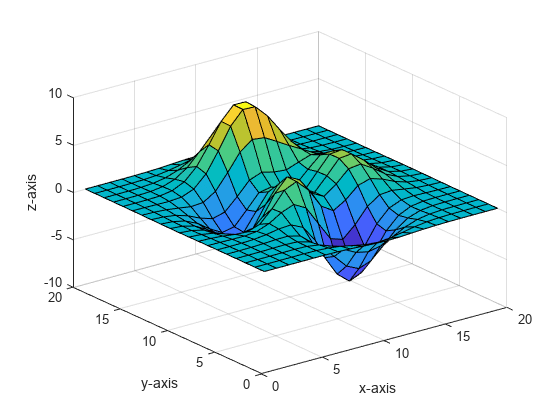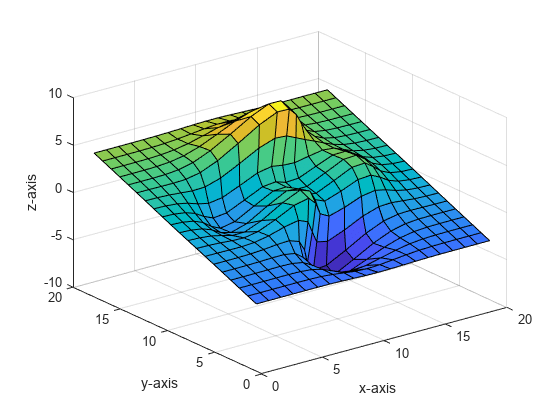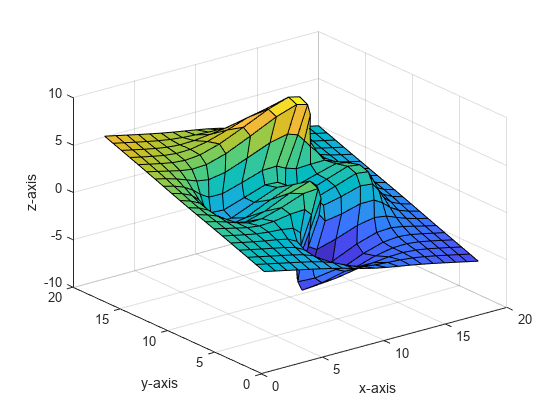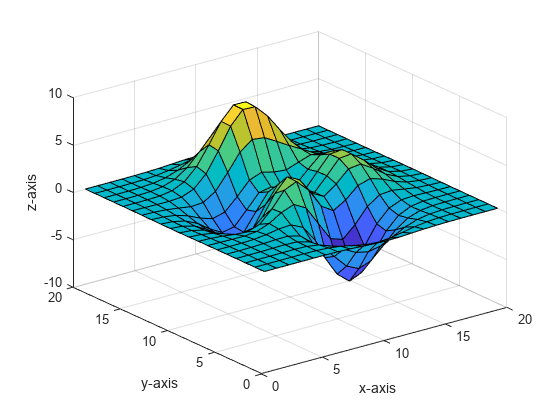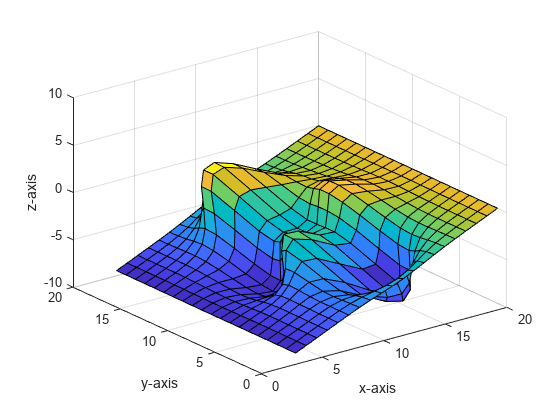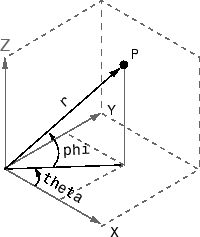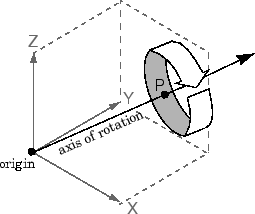rotate
Rotate object about specified origin and direction
Description
Note
hgtransform is recommended over
rotate because it provides better performance. Consider using
hgtransform unless you need to specify the origin of the axis of
rotation.
rotate(
rotates the graphics object h,direction,angle)h in the specified direction by the
specified number of degrees. rotate modifies the data of the graphics
object, including the values of the Xdata, Ydata, and
Zdata properties. This behavior is different from that of view and rotate3d, which modify only the
viewpoint.
Examples
Input Arguments
More About
Version History
Introduced before R2006a
See Also
hgtransform | view | rotate3d | sph2cart
